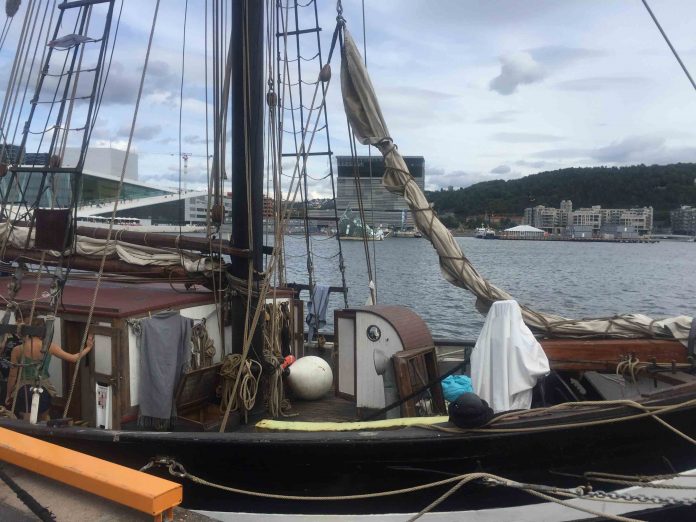A road trip around the land of Vikings, mischievous trolls, and rugged natural scenery provides much balm for the soul.

Oslo, Norway. Picture: iStock
From June to August, the slow Norwegian sun casts a magic spell over the cinematic landscape of glorious fjords, waterfalls, mountains, forests, remote farmhouses and wooden churches dating back hundreds of years; all best explored by road.
My husband and I hired a Skoda Superb that featured brollies in the doors, a dashboard TV, a GPS that reminded you to take your cell phone when you left, plus a cubby hole with temperature settings to heat or chill snacks; all of which proved to be useful.
Since Norway is eye-wateringly expensive – think R500 for a pizza or R180 for a beer – we filled a cooler box with our favourite foods and wines; later consumed al fresco amid soul-cleansing scenery, or on hotel balconies, at a fraction of restaurant prices.
We set off from Copenhagen, took the Helsingør ferry to Helsingborg in Sweden and beetled up the E6 along the West Coast passing Halmstad and Gothenburg, crossing the Svinesund Bridge into Norway.
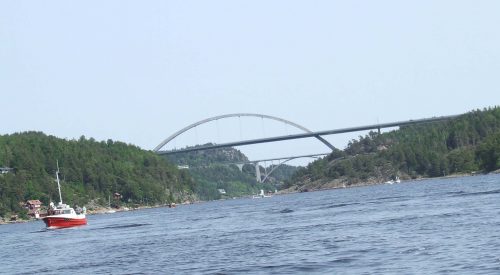
The bridges at Swinesund separating Sweden from Norway.
The speed limit in Norway and Sweden is 90km/h and so steep are the traffic fines that my husband, who normally floors the accelerator, hit slow cruise control, giving us ample opportunity to take in the surrounds.
Just over an hour after crossing the Svinesund Bridge, we drove into Oslo, Norway’s vibrant capital at the tip of the Oslofjord, surrounded by wooded hills, and checked into the Amerikanlinjen hotel around the corner from Karl Johans Gate, Norway’s longest pedestrian street lined with shops, cafes, clubs and coffee bars.
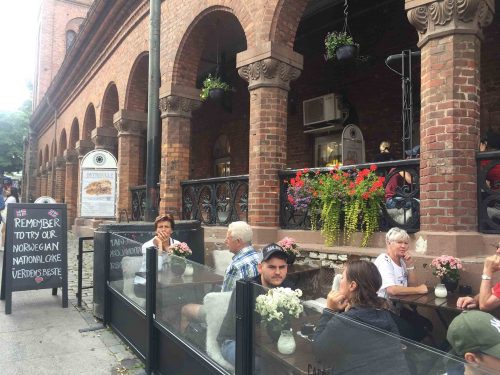
Coffee bar in Oslo’s Karl Johans Gate . Picture: Caroline Hurry
We strolled along the nine-kilometre long Harbour Promenade, a pivotal part of Oslo’s new “Fjord City”, starting at Sørenga. There’s a 300m tunnel that provides access to the Akerselva river, and you can also see the Oslo Opera House across the water.
From Oslo, we headed in a north-easterly direction for Lillehammer and onto Hafjell in the municipality of Øyer, famous for the pine-covered slopes, lakes, and valleys of the soaring Øyerfjellet mountain range where waterfalls plunge like vertical rivers.
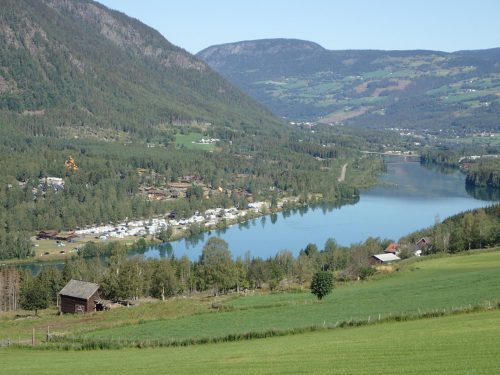
Pastoral scenes in the municipality of Øyer, famous for the pine-covered slopes and lakes. Picture: Peter Berg-Munch
Above a squiggle of precipitous bends along a toll road is Hafjell, a village that – like nearby Lillehammer and Gudbrandsdalen – hosted the Winter Olympics.
We stayed at the Pellestova Hotel amid the healing beauty of lichen, lakes and wooden farmhouses where wildflowers grow from roofs amid sheep-filled meadows and the winsome sound of cowbells.
Two days later, we set off for Larvik, famous for its beaches, Bøkeskogen forest, natural mineral water springs, and Norway’s biggest spa at the Farris Bad hotel straddling beach and town.
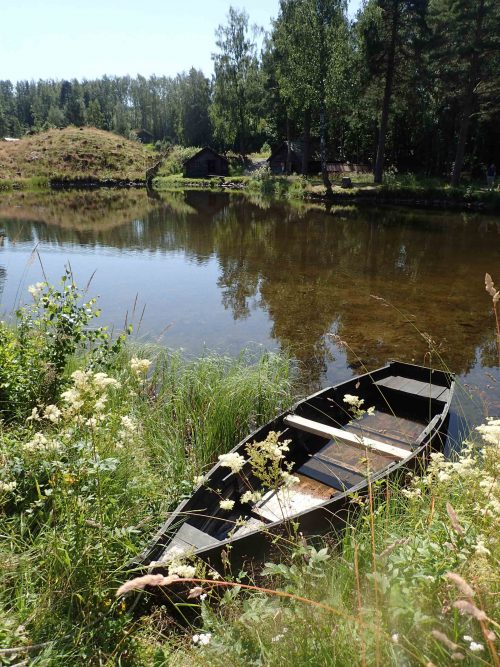
An abandoned wooden boat next to a lake in Lillehammer. Picture: Peter Berg-Munch
We spent a blissful afternoon exploring saunas with sea views, ice baths and pools that massaged your feet. We ate salmon on our balcony overlooking the beach.
Early the next morning we caught the ferry from Larvik to Jutland in the north of Denmark to continue our road trip from there.
I flew to Copenhagen courtesy of British Airways, which also offers daily flights to Oslo and Stockholm from Johannesburg via London.
For more news your way, download The Citizen’s app for iOS and Android.
Download our app



